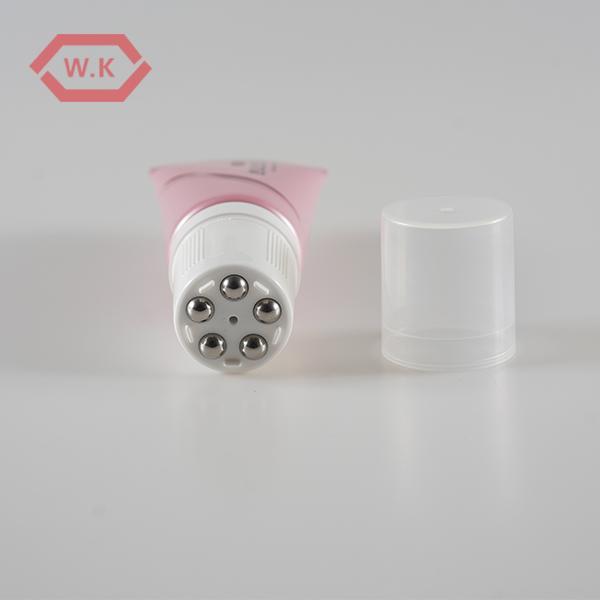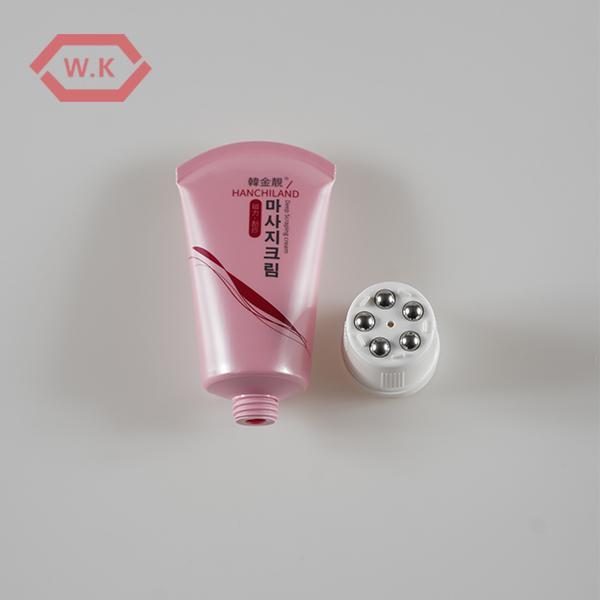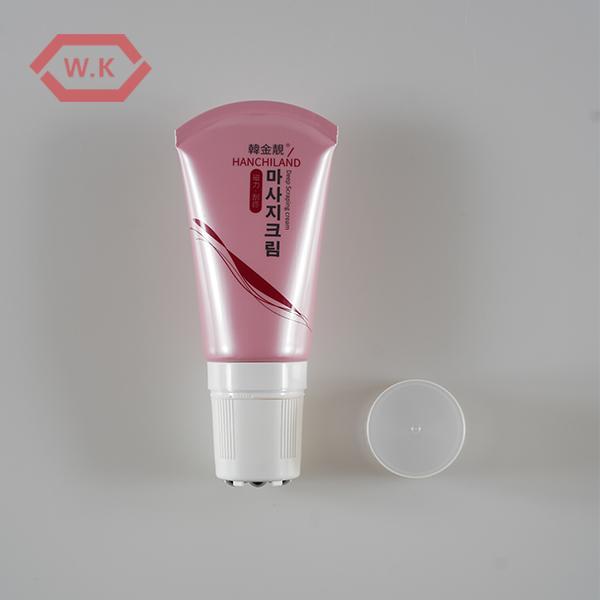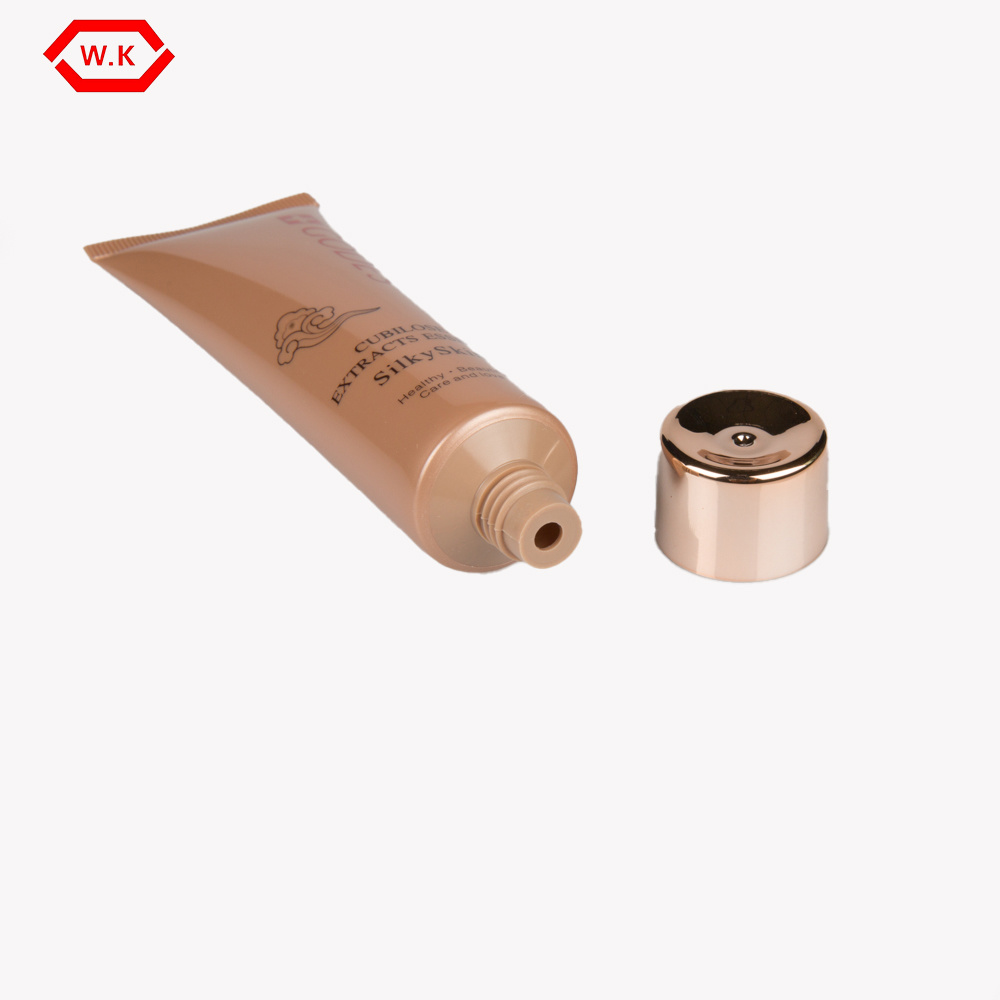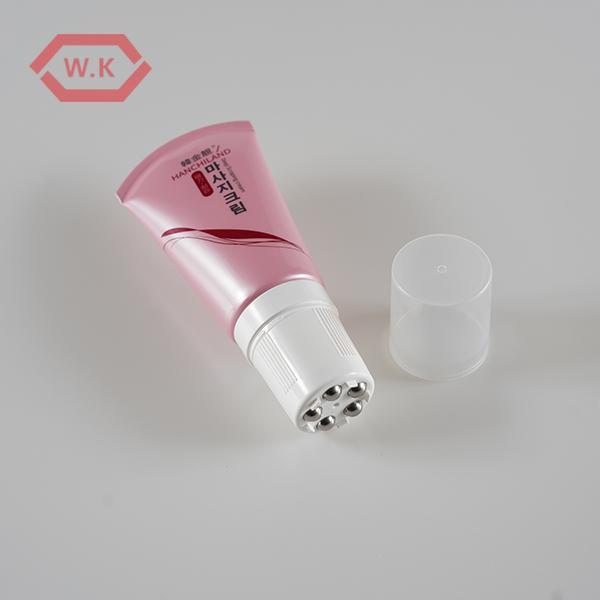Use and maintenance of plastic hoses
Release time:
2020-09-17
The hose and hose assembly should be carefully managed. Do not drag on sharp or abrasive surfaces, and do not kink or squash, for example, do not let the wheels pass over the hose.
The hose and hose assembly should be managed carefully. Do not drag on sharp or abrasive surfaces, and do not kink or squash, for example, do not let the wheels pass over the hose.
Pressure
The pressure (including pulse pressure) filled into the hose product must not exceed the specified design working pressure.
Temperature
Hose products must not be used at a temperature outside the temperature range specified or recommended by the hose manufacturer (including the temperature of the conveyed material and the ambient temperature).
Conveying materials
Hoses and hose assemblies can only be used to transport materials for which they are designed and specified. If you are in doubt about its suitability, you can ask the hose manufacturer. When transporting potentially hazardous materials, such as toxic, corrosive, explosive, and flammable materials, care should be taken to minimize the impact of leakage and overflow. It is required not to fill the conveyed material in the hose and hose assembly when not in use.
Environment
The hose and hose assembly must not be used in an environment outside of the design requirements. If there is any doubt about its suitability, or when it needs to be used under special or different conditions, it should be negotiated with the hose manufacturer.
Bending radius
The hose and hose assembly must not be used below the minimum bending radius specified or recommended by the hose manufacturer, otherwise the conveyed material will be restricted. Should avoid bending or twisting near the hose joints, because continuous bending at these locations will cause the enhanced fatigue damage of the hose, which will cause the hose to prematurely damage the ring (see Figure 1) (omitted)
Torsional stress
Hoses and hose assemblies are generally not suitable for working in a twisted state!
Tensile stress
Only in special designs, hoses and hose assemblies can withstand tensile stress. If you are in doubt about the suitability of the hose, you can ask the hose manufacturer.
Vibration
Vibration can cause the hose and hose assembly to fatigue and heat, especially in the vicinity of the pipe joint connection, which can cause the hose assembly to prematurely damage the ring. It should be ascertained from the hose manufacturer whether the hose designed and produced can withstand vibration.
End pipe joint
Before proceeding to install the end pipe joints, you should check whether the joints and hoses match and whether the installation method is reliable. If in doubt, check with the hose and end fitting manufacturer. The edges of pipe joints should be smooth, and the size of accessories such as tail pieces and ferrules must be guaranteed to ensure effective sealing when installed correctly. The crimping pressure and the torque of the clamp clamp must be controlled, otherwise the applied pressure and torque are insufficient or too large will cause premature damage to the assembly. In order to facilitate the insertion of the pipe joint into the hose, it is recommended to use clean water or soapy water. Unless the hose is specified to transport materials containing oil, grease or solvents, the above substances shall not be used. When inserting the hose into the pipe joint, be careful not to twist the hose.
Leaks
After installing the end pipe joints, it is required to conduct a hydraulic test according to the test pressure specified by the hose assembly for the hose assembly according to GB 5563. Check that there should be no leakage at the joints and no slippage of the pipe joints and hoses. .
Electrical performance test
If there are requirements for the electrical performance of hoses and hose assemblies, they can be tested and determined regularly according to GB 9572.
Fixed assembly
Used to assemble fixed hoses and hose assemblies, as long as possible, they should be supported and fixed with suitable clamps. It must be ensured that the hose can move normally (that is, expand and move) under the condition of a village or a vacuum, and the length and twist of the hose shall not be restricted by the installation of the clamp.
Moving parts
If the hose and hose assembly is used as a coupling in a moving part or assembly, its length should be appropriate, not too long, and the hose should not be subjected to vibration loads during movement. Clamping, friction, excessive bending or excessive stretching or twisting stress.
Logo
If the hose is to be marked with items specified by the hose standard or other signs, it is required not to directly use paint and ink to mark the hose, but to use an adhesive tape to mark it. In order to avoid that the solvents used in the production of these coatings and inks are not compatible with the rubber material of the hose outer layer
Repairs
Unless the relevant rules and standards may require otherwise in the contract, hoses and hose assemblies should be tested or inspected regularly to ensure that they are suitable for continued use. Pay special attention to the situation at and near the hose connection, as well as the performance degradation of the hose due to normal aging or the damage caused by use under abnormal conditions, abuse or accidents.
The hose with the following defects will be disqualified for use:
a. Perforation, cracking, tearing, exposed reinforcement layer, ozone cracking;
b. Local deformation, blistering, expansion under pressure;
c. There are soft and hard patching on the hose.
When the hose is marked with an expiration date, even if the hose does not show signs of performance degradation, it must be monitored.
hose repair
Generally, the hose should not be repaired if it is broken. However, if damage occurs at the end of the hose and the undamaged part of the hose is long enough, you can cut off the damaged part of the hose and reinstall the pipe joint. After installation, the hose assembly should be tested again. As long as it is possible to repair, such as large-diameter hoses used in the petroleum industry, the economic benefits are considerable. After the repair, the technical indicators of the hose manufacturer must be strictly adhered to and pass the inspection again. If it is necessary, it should also include the electrical performance test of the hose under the hose test pressure.
Use,and,maintenance,of,plastic,hoses
RELATED NEWS



